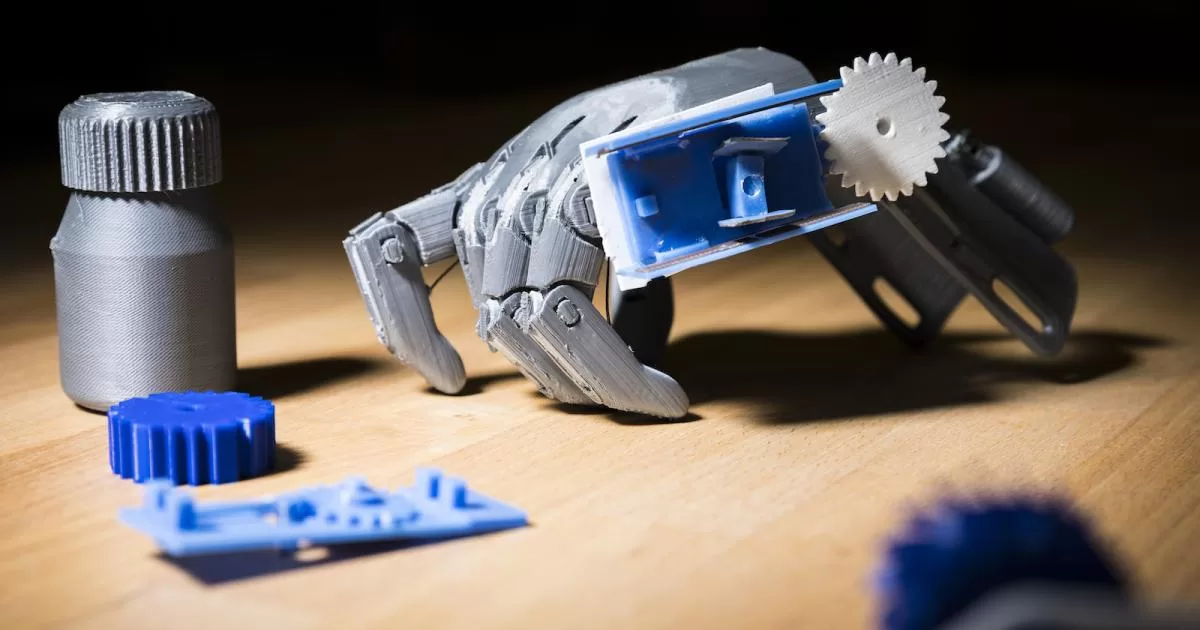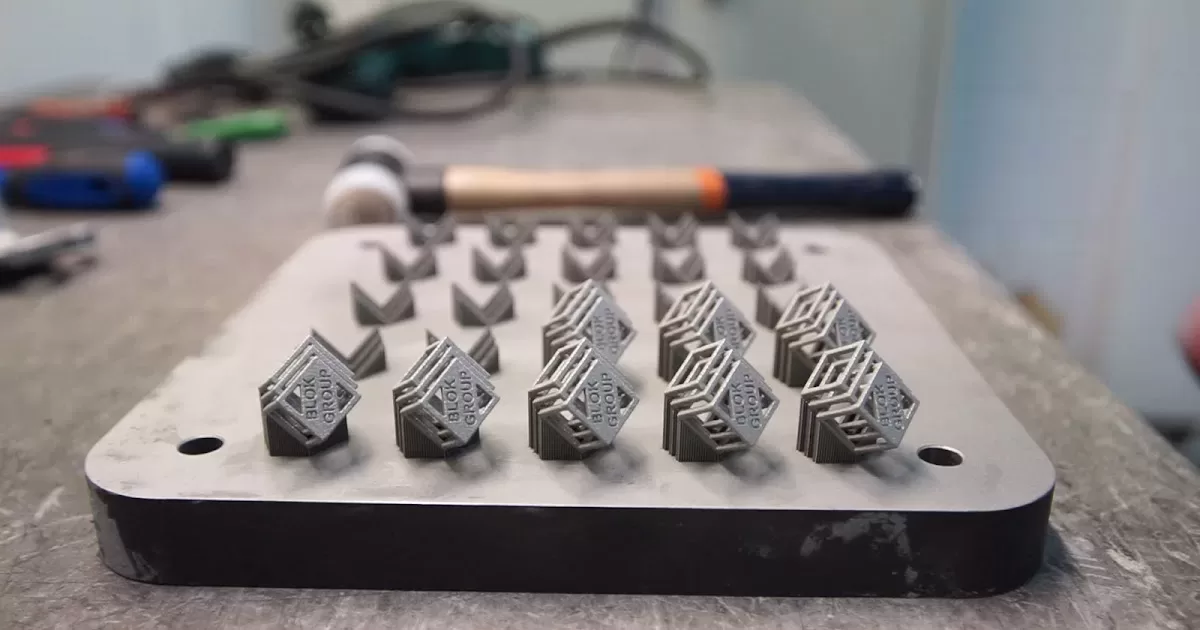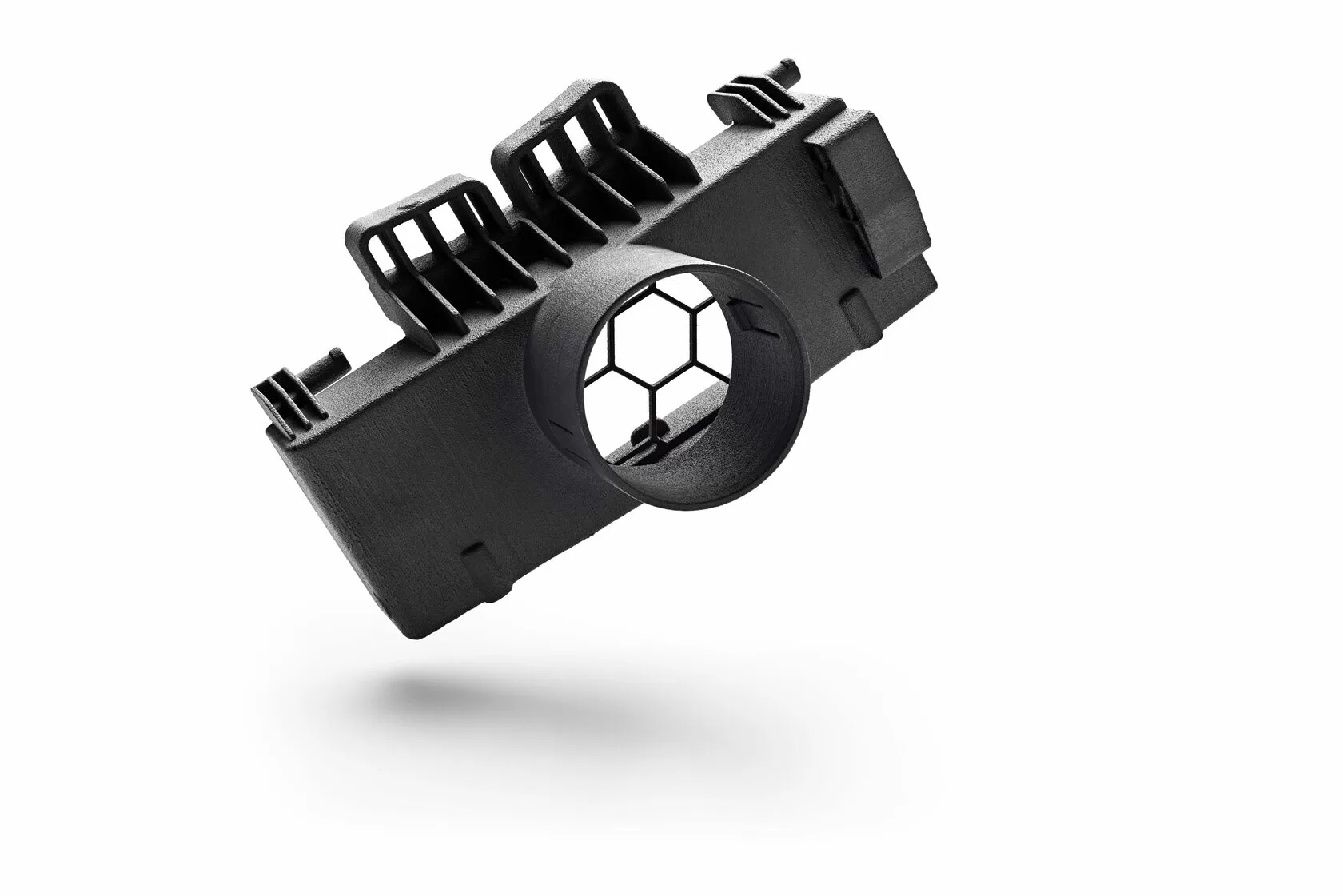3D printing has revolutionized manufacturing and design processes across various industries. In this article, we will delve into the most common post-processing techniques used in the 3D printing industry, uncovering the secrets to achieving exceptional results. From the initial stages of sanding and smoothing to the final touches of painting and coloring, mastering these techniques will elevate the quality and aesthetics of your printed objects.

Sanding and Smoothing
Sanding and smoothing are the foundation of post-processing in 3D printing. These techniques involve meticulously refining the surface of your printed object to eliminate imperfections and achieve a polished finish. By using progressively finer grits of sandpaper or employing smoothing techniques such as vapor smoothing or chemical smoothing, you can transform a rough 3D printed object into a smooth masterpiece. The power of sanding and smoothing lies in the ability to create visually appealing and tactilely satisfying objects suitable for consumer products and prototyping.
Support Material Removal:
Support material removal is an essential step in the post-processing journey. During the 3D printing process, supports are often required to maintain the integrity of complex geometries or overhangs. Efficient removal of these supports is crucial to ensure the functionality and aesthetics of the final printed object. Whether through manual removal using pliers or cutting tools, dissolving water-soluble supports, or utilizing easily breakable support structures, proper support removal is a key aspect of achieving top-quality 3D prints.
Surface Treatment and Coating:
Surface treatment and coating techniques bring life and durability to your 3D printed objects. Priming is a popular method to prepare the surface for subsequent painting or finishing, providing a smooth and even base. Coatings such as paints, varnishes, or clear coats can be applied to achieve specific colors, textures, or protective layers, ensuring the longevity of the printed object. Electroplating or metallization techniques can also be employed to give your creations a metallic finish, adding a touch of elegance and broadening their range of applications.
Polishing and Buffing
Polishing and buffing take your 3D prints to the next level by imparting a glossy or reflective finish. Through the use of abrasive compounds, polishing wheels, or handheld buffing tools, imperfections and scratches are effectively removed, leaving behind a flawless surface. These techniques are particularly valuable for resin-based 3D prints, as they enhance the natural shine and overall quality of the finished product. With the power of polishing and buffing, your prints will exude professionalism and sophistication.
Painting and Coloring
Painting and coloring techniques open up a world of creativity and customization in 3D printing. By applying vibrant colors, intricate patterns, or unique designs, you can transform your printed objects into eye-catching works of art. Whether through airbrushing, hand painting, or digital printing, these techniques allow for personalization and branding opportunities. Dyeing or direct application of pigments to the printed material offer additional ways to add captivating colors. Unleash your imagination and make your creations truly stand out.
Conclusion
By mastering the most common post-processing techniques in the 3D printing industry, you can elevate the quality, functionality, and aesthetics of your printed objects. From the foundational steps of sanding and smoothing to the final touches of painting and coloring, each technique plays a crucial role in achieving exceptional results. Embrace the power of post-processing and unlock the full potential of 3D printing, revolutionizing the way you create and innovate.
Sources:
- Wohlers Report 2021 - Additive Manufacturing and 3D Printing State of the Industry
- https://www.sculpteo.com/en/3d-learning-hub/finishing/
- https://all3dp.com/2/3d-printing-post-processing-what-are-your-options/
- https://www.fictiv.com/blog/posts/finishing-processes-for-3d-printed-parts
- https://www.matterhackers.com/articles/finishing-techniques-for-3d-printing




